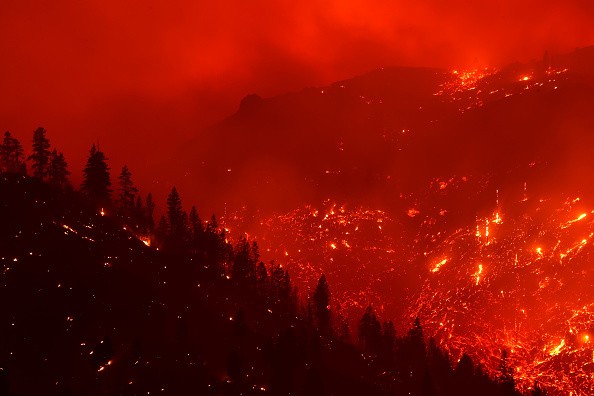In the past decade, there have been eight of the worst wildfire weather years on record. According to recent research, the world's eight most severe wildfire weather years happened in the previous decade, suggesting that catastrophic fire weather is caused by a drop in atmospheric humidity and increasing temperatures.

Scientists Examine Extreme Fire Weather Trends
Extreme weather conditions drive the world's fire activity, said Michael Flannigan, a former University of Alberta wildfire expert who co-led the research project with Piyush Jain, a Natural Resources research scientist in Canada, and a postdoctoral fellow in the Faculty of Agricultural, Life & Environmental Sciences named Sean Coogan.
In Canada, for example, just 3% of fires are responsible for 97 percent of the land burnt.
The researchers used conventional fire weather indicators that offer estimates for fire intensity and speed of spread, as well as variations in vapor pressure, or humidity, to look at severe fire weather trends from 1979 to 2020.
The findings show that increasing global temperatures and lower humidity are linked to the possibility of naturally occurring major fire occurrences happening more often, spreading to new regions, and burning more furiously than ever before in recorded history.
More than three-quarters of significant increases in intensity and fire spread were caused by decreasing relative humidity, whereas rising temperature was responsible for 40% of significant trends, according to Phys.org.
Findings Reveal the Cause of Major Fires
The research identified substantial increases in severe weather that may spark large fires in close to half of the Earth's burnable landmass, including Northern Canada and British Columbia
According to Flannigan, severe weather has increased in nearly every part of the globe during the last 40 years, with substantial increases in the last two decades.
It's not surprising, but researchers anticipate warmer temperatures to persist as a result of climate change, and this tendency will continue to grow and worsen.
Flannigan claims that three of the previous five fire seasons in British Columbia - 2017, 2018, and 2021 - are the worst on record.

British Columbia's Flooding Highlights the Dangers of Increased Fire Activity
Living in the midst of a wildfire also means dealing with its aftermath. A notable example is the recent floods that have hampered land movement in and out of B.C.'s lower mainland.
Fires aren't to blame for everything, but they do play a part. When vegetation is removed, rain is not absorbed by the trees, the roots do not pick up moisture, and there is nothing to provide the soil stability - burned places are considerably more prone to witness land and mudslides. This has been reported for years in California.
Flannigan pointed out that even if global warming stopped tomorrow, the wildfire danger would loom large for decades, therefore communities must be prepared for all wildfire scenarios.
"We're on this path of a new reality. It's not normal because there's nothing normal about what's going on," he continued.
For more news, updates about wildfires and similar topics don't forget to follow Nature World News!
© 2025 NatureWorldNews.com All rights reserved. Do not reproduce without permission.





